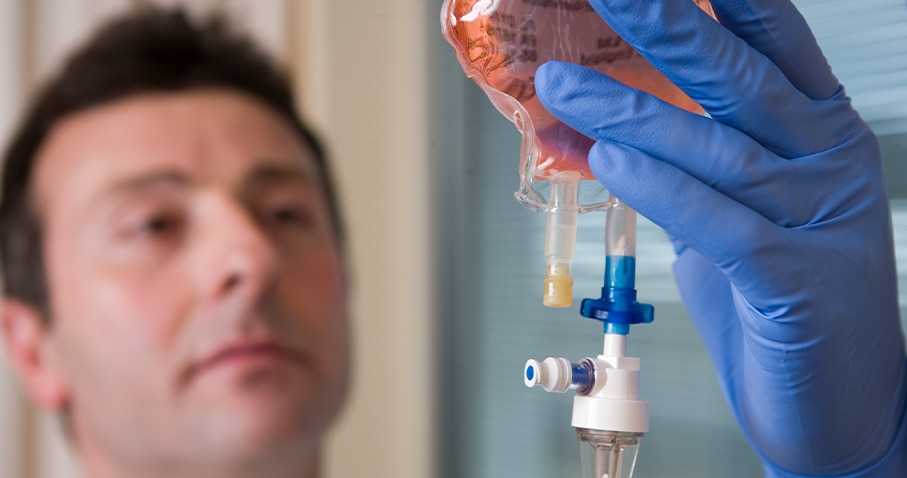Every year more than 12.7 million health professionals in Europe, including 7.3 million nurses, are exposed to carcinogenic, mutagenic and reprotoxic hazardous drugs.1 This exposure is putting them at risk of both short- and long-term health issues such as headaches, hair loss, nausea, organ damage, reproductive problems,2,3 developmental impairment, genetic issues and even cancer.4
In order to address these risks healthcare facilities apply new standards, guidelines and recommendations and use the available safety resources in order to avoid potential risks associated with working with hazardous drugs. These recommend the use of closed system drug transfer device (CSTD) when compounding hazardous drugs when the dosage form allows, and CSTDs must be used when administering antineoplastic hazardous drugs when the dosage form allows.5,6,7

